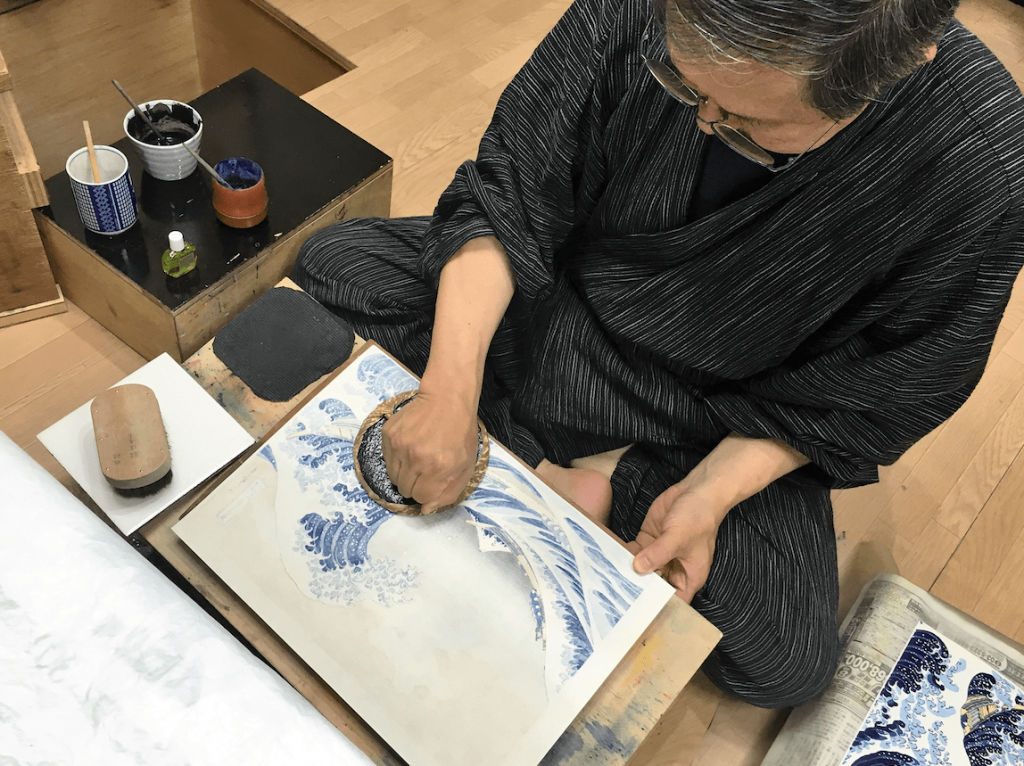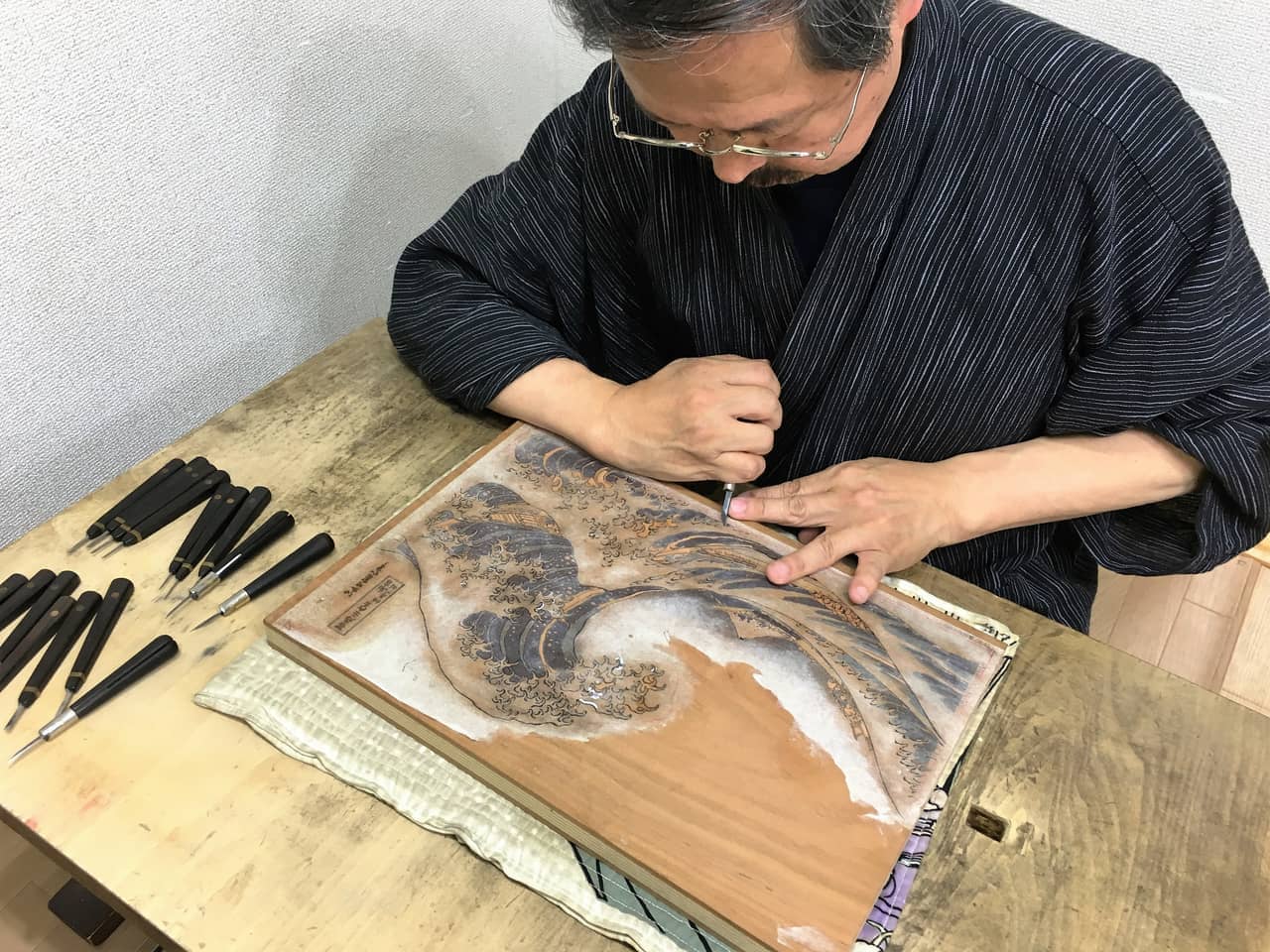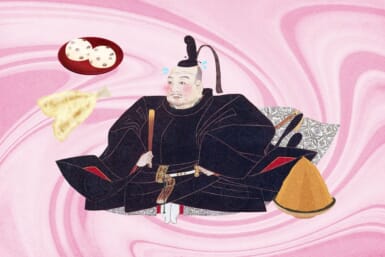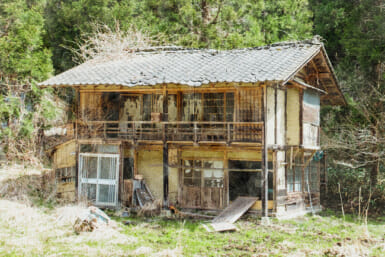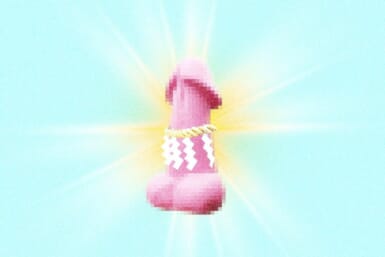Ukiyo-e is a style of woodblock print art popularized in the Edo period (1603-1868) and was often used as a form of advertising, spreading information and setting trends for common people. However, due to the influence of the Meiji Restoration of 1868 and following the deaths of artists like Hokusai, ukiyo-e began its decline. Woodblock printing continued with more modern styles, which in turn gave rise to contemporary artists like Hidehiko Goto, Rebecca Salter and Shoji Miyamoto who continue to reinvent the medium.
The process of traditional ukiyo-e printing was not simple – it required collaboration of multiple artisans for all stages. Artisans made and prepared the base woodblocks, while artists designed and painted the images to be printed. Carvers were needed to create the actual “stamp” for printing, and finally, printers to bring the artwork to life. These days, those interested in continuing the legacy of woodblock are hindered by the fact that there are few, if any, craftsmen creating many of the materials needed.
One Man’s Desire to Keep the Craft Going
Currently, there are only six ukiyo-e level woodblock-carving masters left in the world (all in Japan), and one of those is master woodblock carver Motoharu Asaka, who has been practicing his craft for 40 years. It is at his studio, Takumi Hanga, where complete beginners to the art – regardless of nationality – can get firsthand experience in this skillful practice. Asaka-sensei opened up his studio to students not looking to become masters – something that is uncommon. “Once I turned 60, I realized there are so few woodblock artisans. This should be shared with everyone – not just Japanese people. Very few successors join and even fewer become masters. I want everyone to experience this art.”
Visitors to Takumi Hanga don’t need to have aspirations to become the next Hokusai as Asaka-sensei offers one-time printing sessions using his own blocks. More adventurous students create their own designs and learn how to print them in a double-session class, while those who want to dedicate themselves to the medium can arrange a full course where they can go more in-depth and learn the whole process.
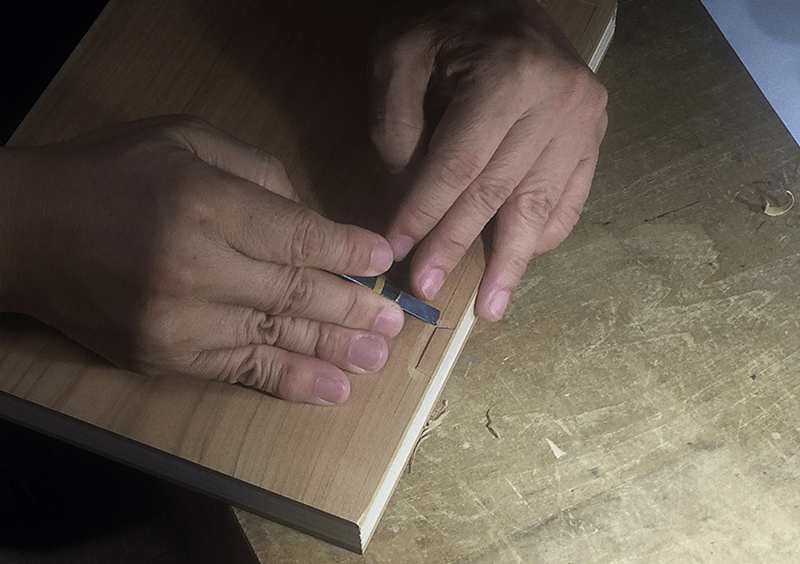
A Craft That is Frustrating, Yet Meditative
One long-term student is Jane Fulton Suri, who comes to the studio whenever she visits Tokyo. She has been working on several projects for almost two years. Even so, she says she still has a lot to learn. “I know what I’m doing, I’m just doing it wrong. You can be on your sixth color [of the same print] and mess it up, and then it’s just completely blown apart. Thankfully, Asaka-sensei is accommodating of today’s ambition and impatience – mine included.”
Despite the difficulties, frustration and discipline the medium involves, Fulton Suri loves it. “It’s quite meditative as you learn how the materials behave. Also, the history and culture behind it gives me a context for Japanese art. I guess it feels like a privilege to be doing this.”
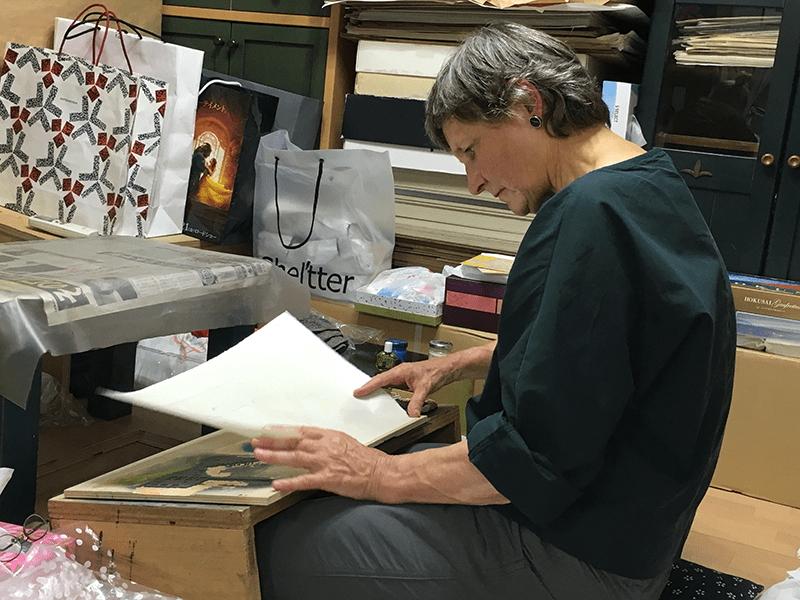
Where To Make Your Own Woodblock Prints
Takumi Hanga Fureai Kan
Take a one-time class or create your own long-term course at Master Motoharu Asaka’s studio in Shinjuku. Regular classes in English are provided with the assistance of interpreter and artist Louise Rouse. ¥6,000 per session. For map and contact information, see our Concierge listing.
Mokuhankan
Centrally located in Asakusa, woodblock carver David Bull holds “print parties” where visitors can try out printing pieces themselves, and see professionals carving and printing in action. ¥2,000 per session. mokuhankan.com
Machida City Museum of Graphic Arts
One of few museums in the world dedicated to prints, MCMGA offers occasional classes on copperplate etching and screen-printing, and woodblock printing. See the museum schedule for more details.

